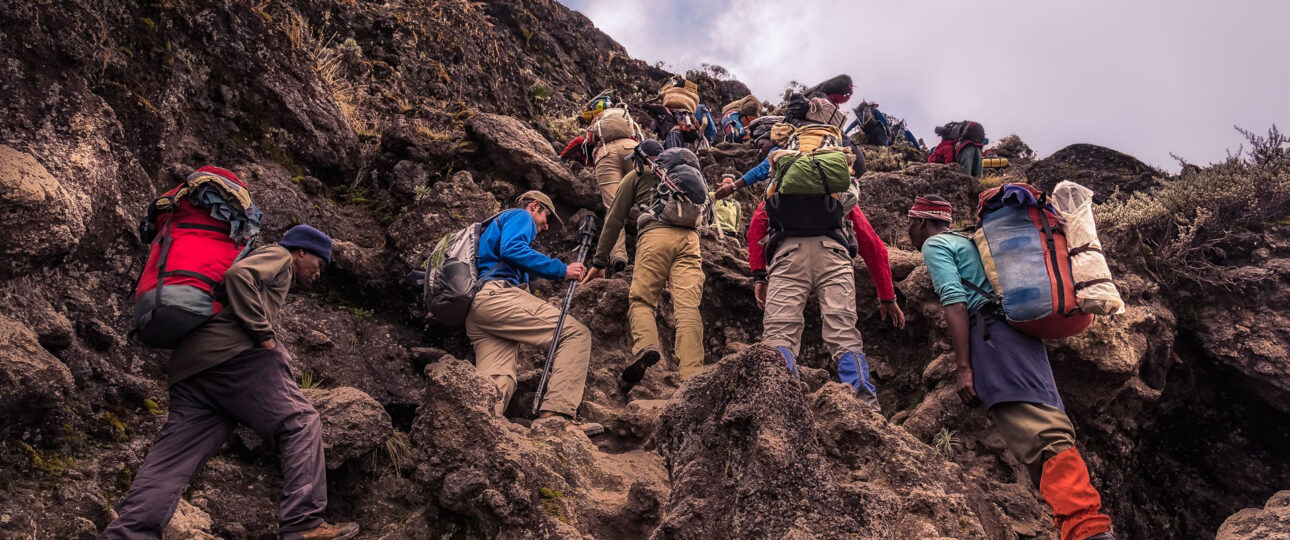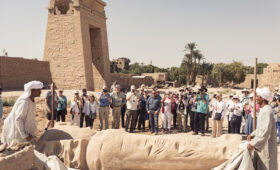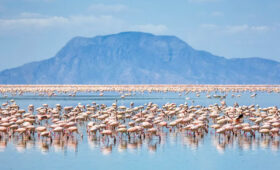Mount Kilimanjaro Facts for First-Time Climbers
Thinking about climbing Africa’s tallest mountain? Mount Kilimanjaro is one of the most iconic trekking destinations in the world. For first-time climbers, understanding the basics can make a huge difference in planning a safe and successful climb.
At Mandari Travel, we’ve guided hundreds of first-timers to Uhuru Peak—here are some key facts to know before your adventure begins.
1. Kilimanjaro Is the Tallest Mountain in Africa
At 5,895 meters (19,341 feet) above sea level, Kilimanjaro is the highest peak on the African continent and the tallest freestanding mountain in the world. It’s part of the Seven Summits, a bucket list for climbers around the globe.
2. No Technical Climbing Skills Required
Unlike many high-altitude peaks, Kilimanjaro is a trekking mountain. You don’t need ropes, harnesses, or climbing experience—just good fitness, determination, and the right guide team.
Tip: Choose a route that gives your body time to acclimatize. The 7-day Machame or 8-day Lemosho route are great for first-timers.
3. Altitude Sickness Is a Real Risk
Acute Mountain Sickness (AMS) can affect anyone, regardless of fitness. It’s caused by low oxygen levels at high altitudes.
- Go “pole pole” (slowly) to allow your body to adjust.
- Stay hydrated and eat well.
- Climb with trained guides who monitor your health daily.
At Mandari Travel, we prioritize your safety and include daily health checks on all climbs.
4. The Mountain Has 5 Distinct Climate Zones
As you ascend Kilimanjaro, you’ll pass through five unique zones:
- Cultivation Zone – Farmland and villages
- Rainforest – Lush and humid with wildlife
- Moorland – Shrubs and giant lobelias
- Alpine Desert – Dry and rocky
- Arctic Summit – Snow, ice, and extreme cold
Packing layers is essential—you’ll go from +25°C to below freezing!
5. Best Times to Climb
Kilimanjaro can be climbed year-round, but the best weather conditions are during the dry seasons:
- January to March – Warmer and less crowded
- June to October – Cool and dry, peak season
Avoid the heavy rains in April–May and November, unless you’re prepared for slippery trails.
6. Climbing with the Right Company Matters
Your success depends heavily on your support team. At Mandari Travel, we offer:
- Experienced, certified guides
- Ethical porter treatment
- High summit success rates
- Flexible itineraries and quality gear
7. Summit Day Is Tough—but Worth It
Summit night typically starts around midnight, with climbers reaching Uhuru Peak by sunrise. It’s the most physically and mentally demanding part of the trek—but also the most rewarding.
Reaching the Roof of Africa is unforgettable.
Email: info@mandaritravel.com
📞 Call/WhatsApp: +255 750 900 811
Ready to Start Your Climb?
Request a free quote using the form below and let our Kilimanjaro experts help you plan the adventure of a lifetime. Whether you’re climbing solo or with friends, we’ll guide you every step of the way.




